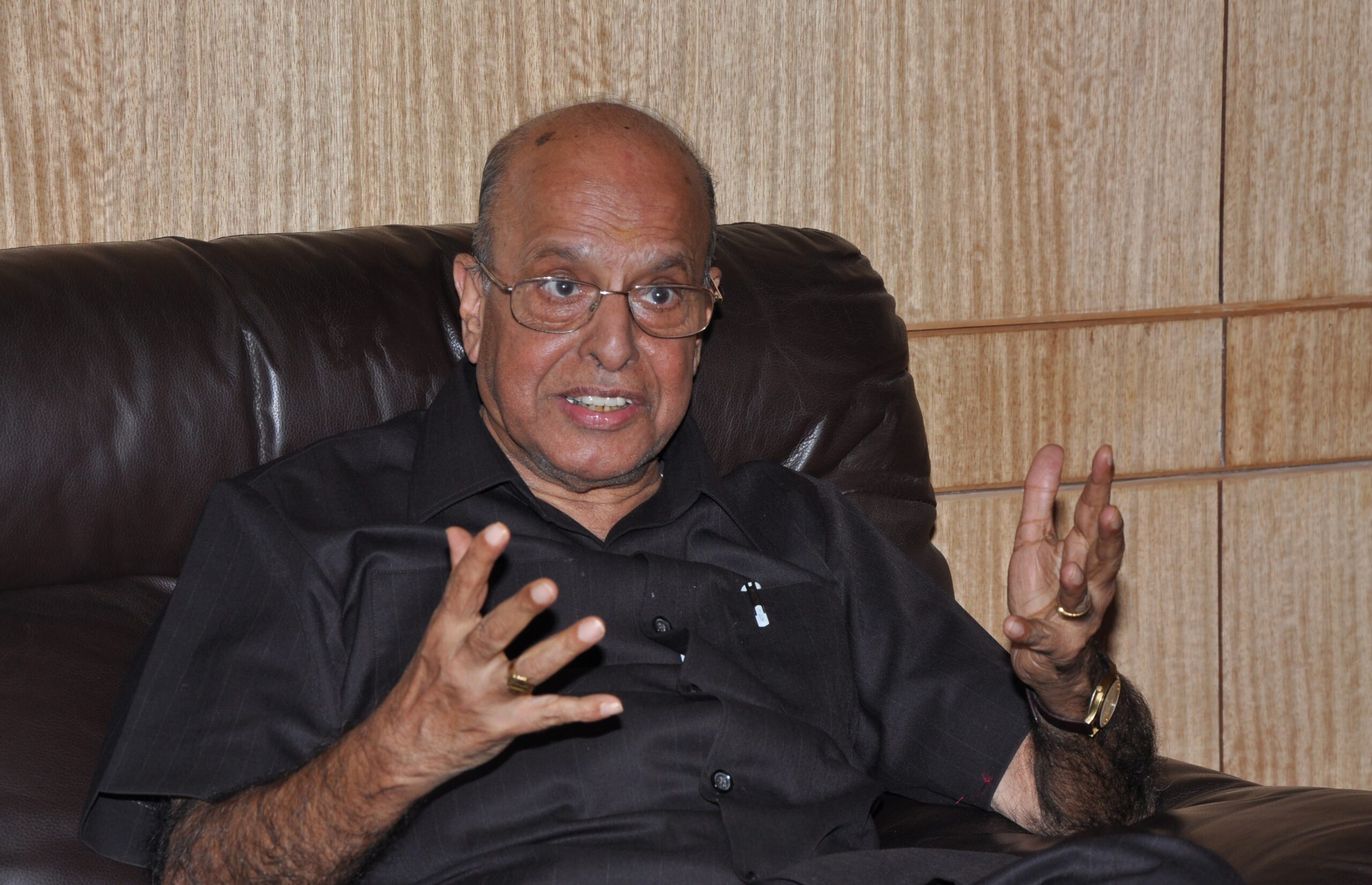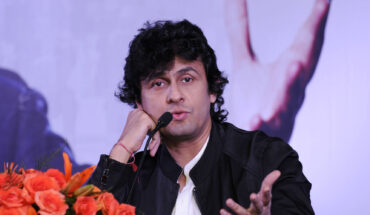Bengaluru: On April 25, 2025, India lost a colossal figure—Dr. K. Kasturirangan, former Chairman of the Indian Space Research Organisation (ISRO), a pioneering astrophysicist, a visionary educator, and an architect of India’s dreams beyond Earth. He passed away peacefully in Bengaluru at the age of 84 after a week-long illness, leaving behind a galaxy of achievements that continue to illuminate India’s journey in science, technology, and education.
Born on October 24, 1940, in Ernakulam, Kerala, to C. M. Krishnaswamy Iyer and Visalakshi, young Kasturirangan’s life was destined to orbit around the mysteries of the cosmos. He pursued his Bachelor of Science and Master of Science degrees in Physics from Bombay University and earned his Ph.D. in Experimental High Energy Astronomy from the Physical Research Laboratory, Ahmedabad, in 1971. Even in those early days, he had a relentless curiosity about the universe’s invisible forces—cosmic X-rays, gamma rays, and the secrets of the lower atmosphere.
A Stellar Journey at ISRO—Dr. Kasturirangan’s entry into ISRO coincided with the organization’s formative years. His early assignments were critical—he was the Project Director of India’s first two experimental Earth observation satellites, Bhaskara-I and II, which laid the groundwork for India’s future in space-based Earth monitoring.
As he rose through the ranks, he directed the development of the INSAT-2 series of communication satellites and IRS-1A and 1B, India’s first operational remote sensing satellites. As Director of the ISRO Satellite Centre (now UR Rao Satellite Centre), he ensured that India moved towards building sophisticated indigenous spacecraft.
In 1994, Dr. Kasturirangan was appointed the Chairman of ISRO and Secretary of the Department of Space. For the next nine years, until 2003, he led India’s space odyssey with unmatched dedication and vision.
Under his leadership:
PSLV (Polar Satellite Launch Vehicle) was perfected, making India a reliable satellite launcher.
The first successful flight test of the GSLV (Geosynchronous Satellite Launch Vehicle) was achieved.
World-class civilian satellites like IRS-1C and 1D were launched, enhancing India’s remote sensing capabilities.
Ocean observation satellites such as IRS-P3 and IRS-P4 expanded India’s maritime surveillance capabilities.
The second-generation and initiation of third-generation INSAT satellites were realized.
Thanks to these landmark achievements, India emerged among the elite group of six nations with comprehensive space programs.
In the words of ISRO, “His efforts put India as a pre-eminent space-faring nation.”
The Visionary Behind India’s First Moon Mission–But perhaps Dr. Kasturirangan’s most poetic and historic contribution was envisioning India’s first mission beyond Earth orbit: Chandrayaan-1.In a subtle, yet historic moment during his speech on National Technology Day in 1999, he unveiled slides about India’s potential for a lunar mission using PSLV. Skepticism existed; critics wondered if India, grappling with terrestrial challenges, could afford a Moon mission. Dr. Kasturirangan countered eloquently:
“It is not a question whether we can afford to go to the moon; it is whether we can afford to ignore it.”. Under his conceptual guidance, Chandrayaan-1 was born. Though launched after his retirement in 2008, it validated his vision spectacularly—detecting water molecules on the Moon and transforming global lunar science forever.
He lived to see India’s later crowning moment when Chandrayaan-3 soft-landed near the Moon’s South Pole in 2023. That success bore the invisible mark of his dreams, seeded decades earlier.
A Life Beyond ISRO–After retiring from ISRO in 2003, Dr. Kasturirangan continued to serve the nation in multiple capacities:
Member of Parliament, Rajya Sabha (2003–2009), Member, Planning Commission of India, Chancellor of Jawaharlal Nehru University (JNU), Director, National Institute of Advanced Studies (NIAS), Bengaluru, Chairman, Karnataka Knowledge Commission
In environmental stewardship, he chaired the committee on the Western Ghats Ecology Expert Panel—a complex, sensitive task balancing development with environmental protection.
But perhaps his second monumental national service came as Chairman of the drafting committee for India’s New Education Policy (NEP) 2020. Drawing from his vast experience, he reimagined education for a new India, setting guidelines that would impact millions of young learners for decades.
Throughout his illustrious life, Dr. Kasturirangan was:–A Fellow of India’s top scientific academies: Indian Academy of Sciences, Indian National Science Academy, National Academy of Sciences of India, Indian National Academy of Engineering, Astronautical Society of India, and more.
A Member of the International Astronomical Union and International Academy of Astronautics.
The Chairman of major global committees like CEOS (Committee on Earth Observation Satellites) and UN’s Centre for Space Science and Technology Education.
An Awardee of numerous prestigious honors, including:–Shanti Swarup Bhatnagar Prize (Engineering Sciences), Padma Shri (1982), Padma Bhushan (1992),Padma Vibhushan (2000). He authored over 240 research papers and edited six books, contributing richly to global scientific literature.
A Towering Legacy–In tribute, Prime Minister Narendra Modi wrote on X (formerly Twitter):–“I am deeply saddened by the passing of Dr. K. Kasturirangan, a towering figure in India’s scientific and educational journey. His visionary leadership and selfless contribution to the nation will always be remembered. He steered India’s space programme to global acclaim and sowed the seeds of many scientific revolutions.”
India’s journey from humble launch pads in Sriharikota to soft landings near lunar poles would be incomplete without remembering Dr. K. Kasturirangan.
A Life Measured in Stars—As the sun set on April 25, 2025, it wasn’t just a life that ended—it was the passing of an era. Yet, in every Indian satellite soaring above us, in every child inspired to gaze up at the night sky, in every classroom transformed by the NEP, his spirit endures.Dr. Kasturirangan reached for the stars—and in doing so, he took all of India along.
India’s moon pioneer is now among the stars he so dearly loved.
Thank you, Dr. K. Kasturirangan. Your dreams continue to orbit our hearts.
“He taught us that the journey beyond the stars begins with a dream born in the heart of a nation.”
“Some lights never fade; they become constellations guiding future generations.”
“He lifted India’s dreams beyond the sky — and left his footprints among the stars.”
“Legends don’t disappear into the night sky; they become the very stars we follow.”





